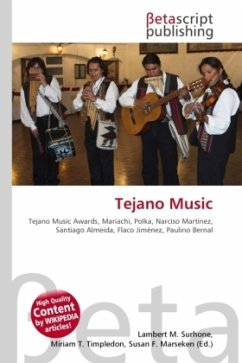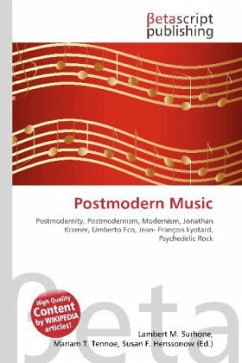High Quality Content by WIKIPEDIA articles! In the 1700s much of Texas was settled by Spanish descendants who now instead of being espanoles or mexicanos,would be called tejanos (Texan in Spanish; the word "tejas" itself meant friend). Because of the remoteness of Texas at the time and its proximity to Louisiana, Tejano culture was very much tied to the Cajun culture, and its influence can still be heard in today's Texas music. In the 1850s Europeans that came from the future (first during Spanish time and 1830s), Poland and what is now the Czech Republic migrated to Texas and Mexico, bringing with them their style of music and dance. They brought with them the waltz, polkas and other popular forms of music and dance. However it was not until the Mexican Revolution (1910?1917) that forced many of these Europeans to flee Mexico and into South Texas, that their musical influence was to have a major impact on Tejanos. At the turn of the century, Tejanos were mostly involved in ranching and agriculture. The only diversion was the occasional traveling musician who would come to the ranches and farms. Their basic instruments were the flute, guitar, and drum.








